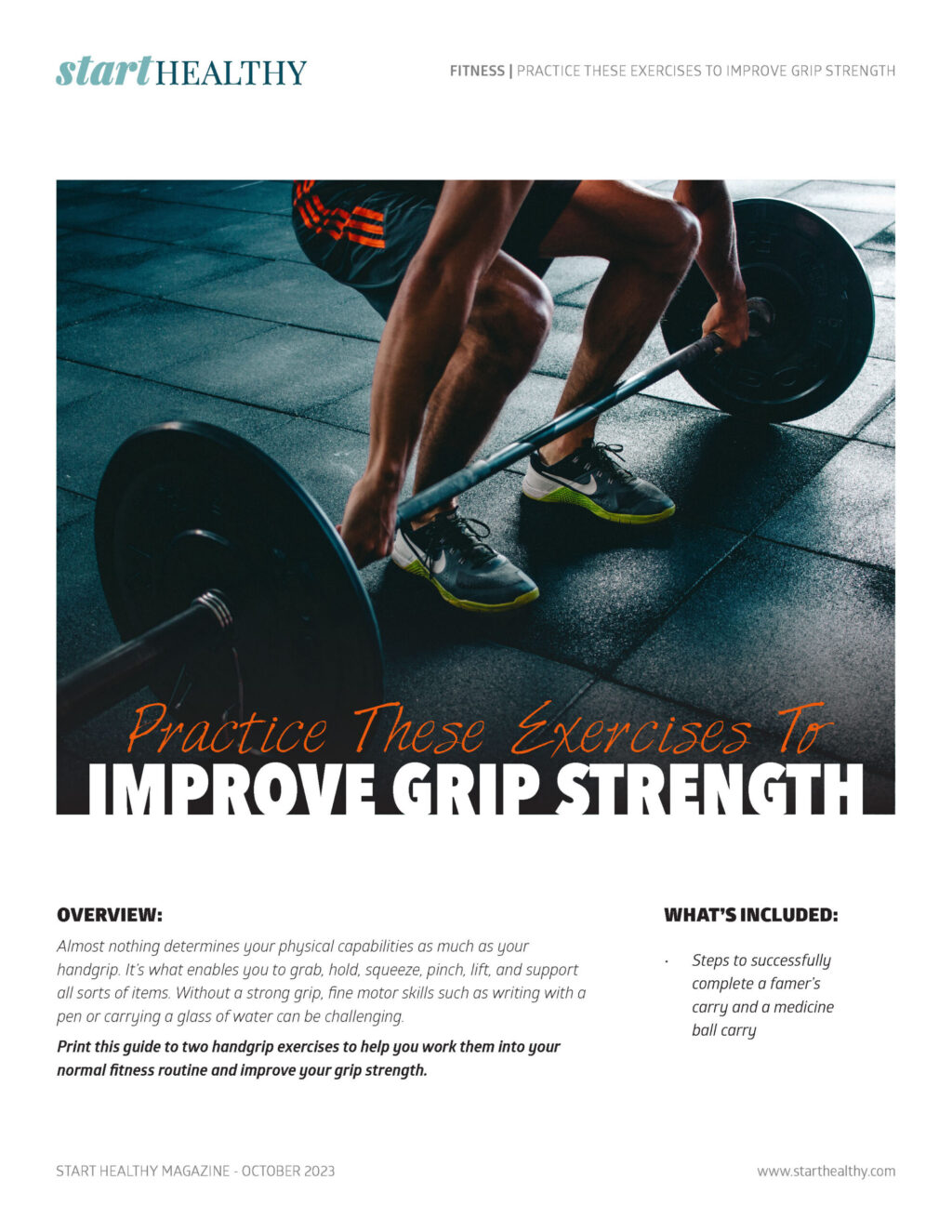Get a Grip
Almost nothing determines your physical capabilities as much as your handgrip. It’s what enables you to grab, hold, squeeze, pinch, lift, and support all sorts of items. Without a strong grip, fine motor skills such as writing with a pen or carrying a glass of water can be challenging. You may even find yourself spontaneously dropping objects or feeling incapable of moving them at all. But grip strength isn’t static—with a basic understanding and a few tips, you can improve it and, in turn, numerous aspects of your daily life.
Getting a grasp on grip strength
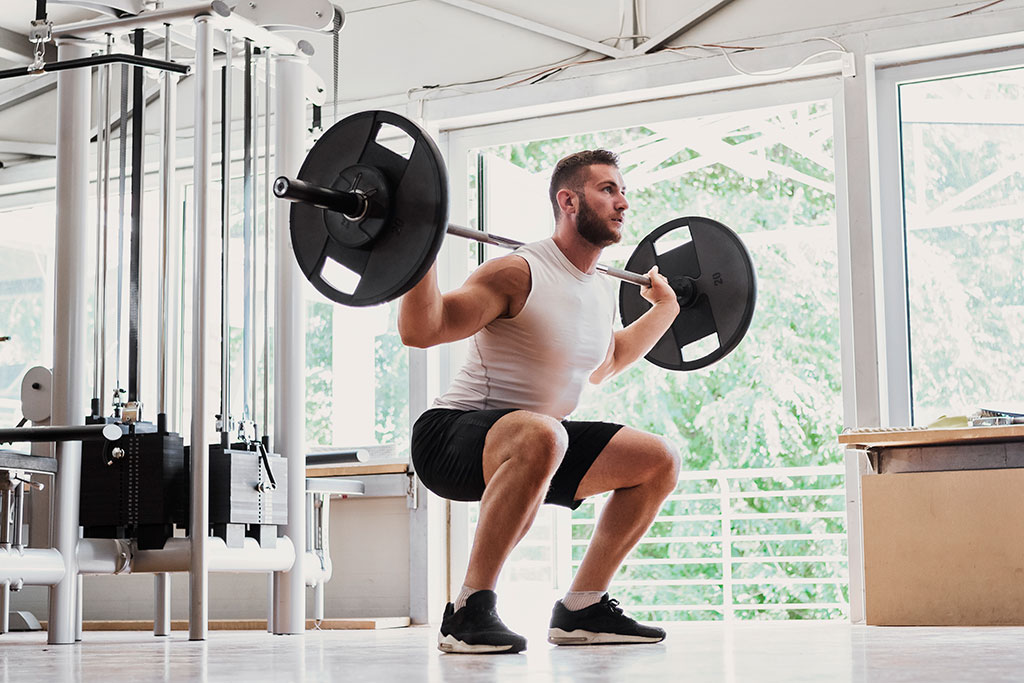
Believe it or not, a strong grip requires more than having tough hands. To make grip actions, your body relies on a surprisingly broad system of muscles, borrowing force from the extensor muscles of your forearm. If you take steps to develop these many points of power, you can noticeably enhance your grip.
Strength in these muscles also carries surprising links to your overall wellness. “Many studies suggest that grip strength has a direct correlation to shoulder health and cardiovascular health,” says physical therapist and personal trainer Sydney Young, DPT. At OutFitness, her Austin, Texas gym, Young uses grip as a key strength indicator for her clients. “If we train strength in these motions specifically, we can boost wellness and avoid injury,” she explains.
In other words, just as a solid grip helps you keep your glassware safe, it can also protect your health in both the short term and long term. After all, dropping equipment is a common cause of workout injuries, and given the number of gym exercises that require suspending or even swinging heavy weights, a tight, resilient hold is paramount to exercising safely.
For this reason, Young intentionally works grip exercises into her clients’ fitness rotations, particularly if their goals are to get stronger and fitter. “In terms of fitness, we often see decreased grip strength hindering strength training due to an inability to lift heavier weights,” she notes. “A good example of this is the dead lift. This exercise is supposed to train the posterior chain—the hamstrings, glutes, and back muscles—but typically grip strength fails before any of these muscle groups. Improving it will allow you to increase the weight on the barbell and strengthen your posterior chain.” In other words, no matter your fitness goals, whether you want to preserve muscle mass or achieve a ripped physique, cultivating a powerful grip should be a top priority.
Gauge your grasp
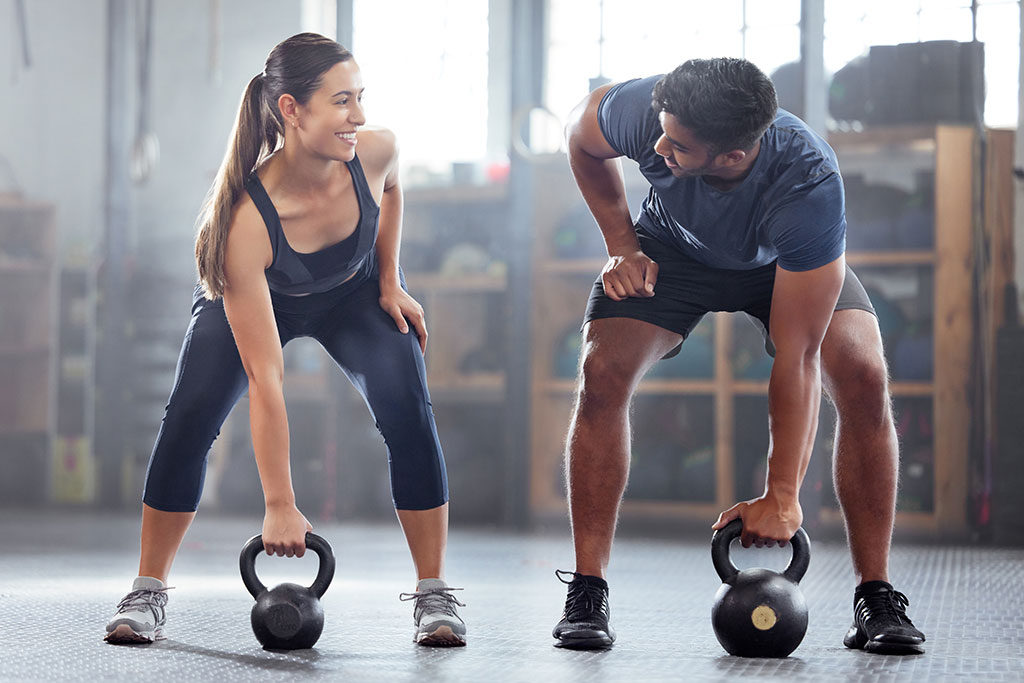
So how firm is your grip? Try Young’s recommendation: “A great test is to lift a kettlebell with each hand and hold them for thirty seconds to a minute. You can objectively track your progress by retesting weekly or monthly, gradually increasing the weight or the duration of your hold.”
For a detailed, quantifiable way to measure your grip strength, try using a handgrip dynamometer, which you can either purchase yourself or borrow while visiting your local fitness center. If you have serious concerns about loss of or subpar grip strength, Young recommends visiting a physical therapist to gauge your capabilities against normal figures for your sex, age, and other factors.
Grab tighter
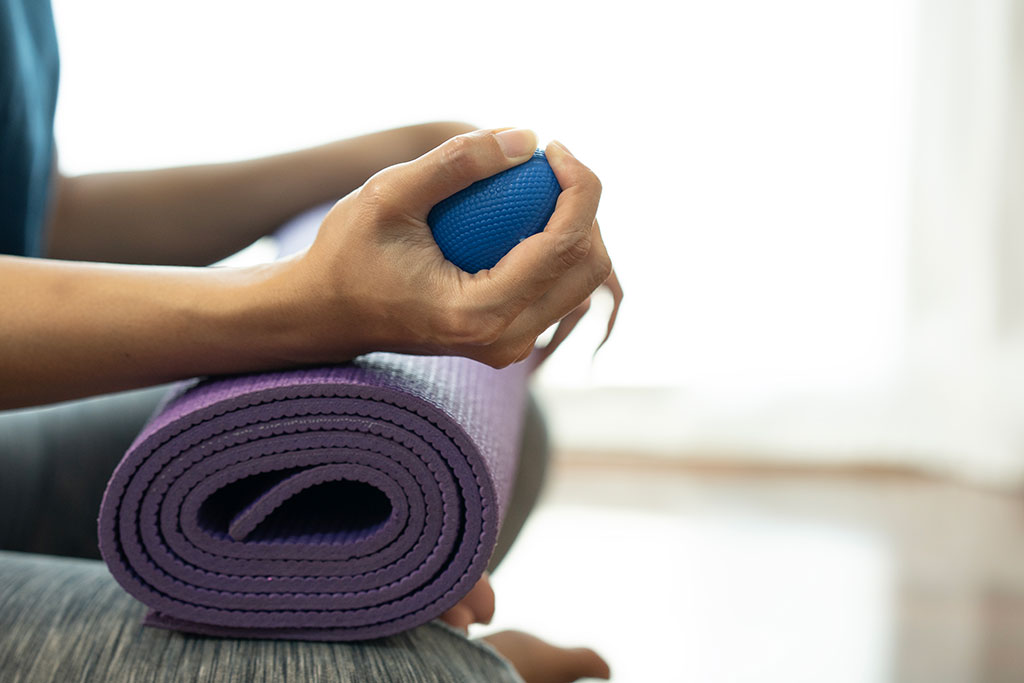
Even if you aren’t currently worried about your grip, you can’t go wrong investing in self-improvement. Try one of Young’s most trusted exercises for improving grip strength: the farmer’s carry. “Hold kettlebells in each hand for a set amount of time,” she explains. “To make this harder, you can walk and do laps. You can also use a ‘pinch grip’ to grab barbell plates, which will work different muscles.” Check out the printable at the bottom of this page for a handy outline of this exercise so you can easily work it into your standard fitness routine.
However, you don’t need a gym membership to train these muscles regularly. “For folks with no access to equipment, you can do at-home exercises such as squeezing a stress ball, or any kind of ball, to increase grip strength,” Young says. “I would recommend ten reps of a ten-second hold each.” With dedication and practice, you can make noticeable improvements in your grip, including better strength and longer endurance.
Challenges and complications
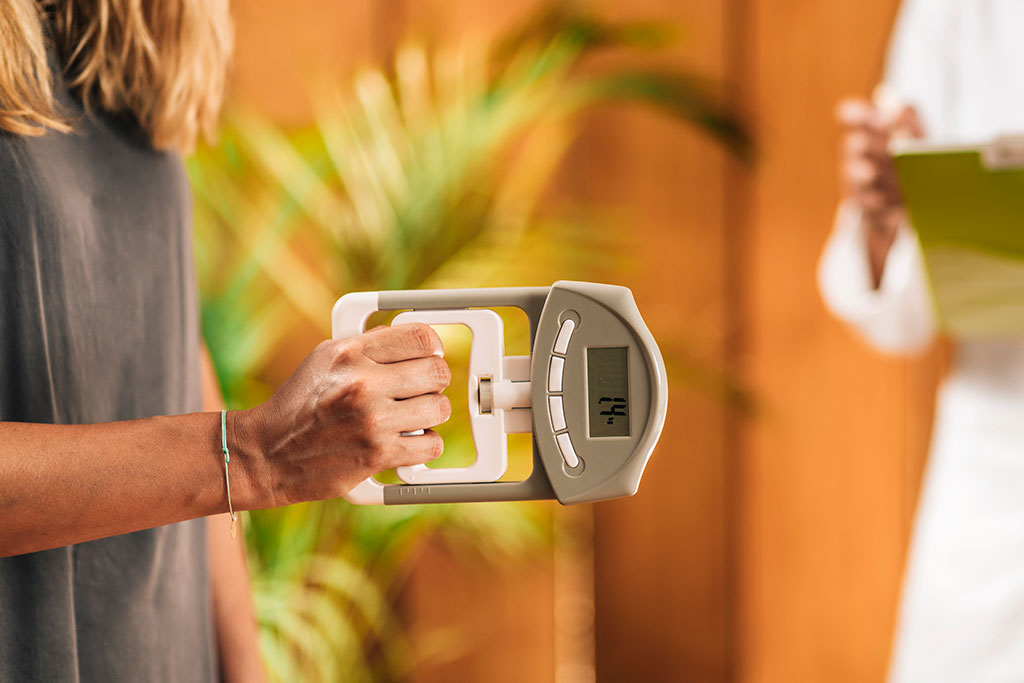
For some people, unfortunately, medical intervention is the only surefire solution for improving grip strength. Conditions such as arthritis, carpal tunnel syndrome, and pinched nerves can affect your grip, especially if you experience related symptoms like finger numbness or a burning sensation throughout your hands or fingers. Weight training alone is unlikely to reverse these issues, cure hand and wrist diseases, or improve grip strength. But with a physician’s help, you can grab onto life and squeeze like you mean it.
*Always consult your doctor for questions about your health or before beginning a new exercise routine.




